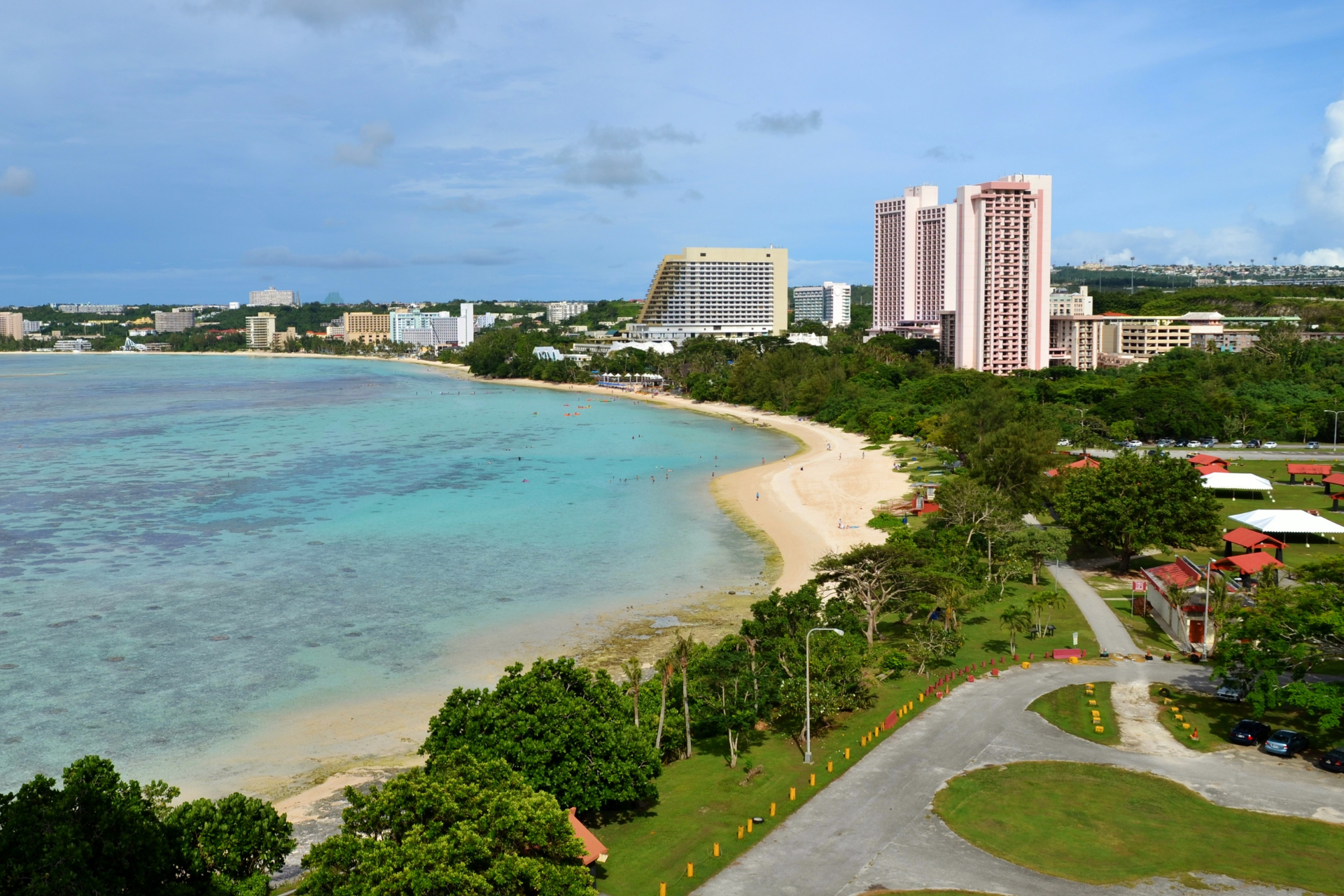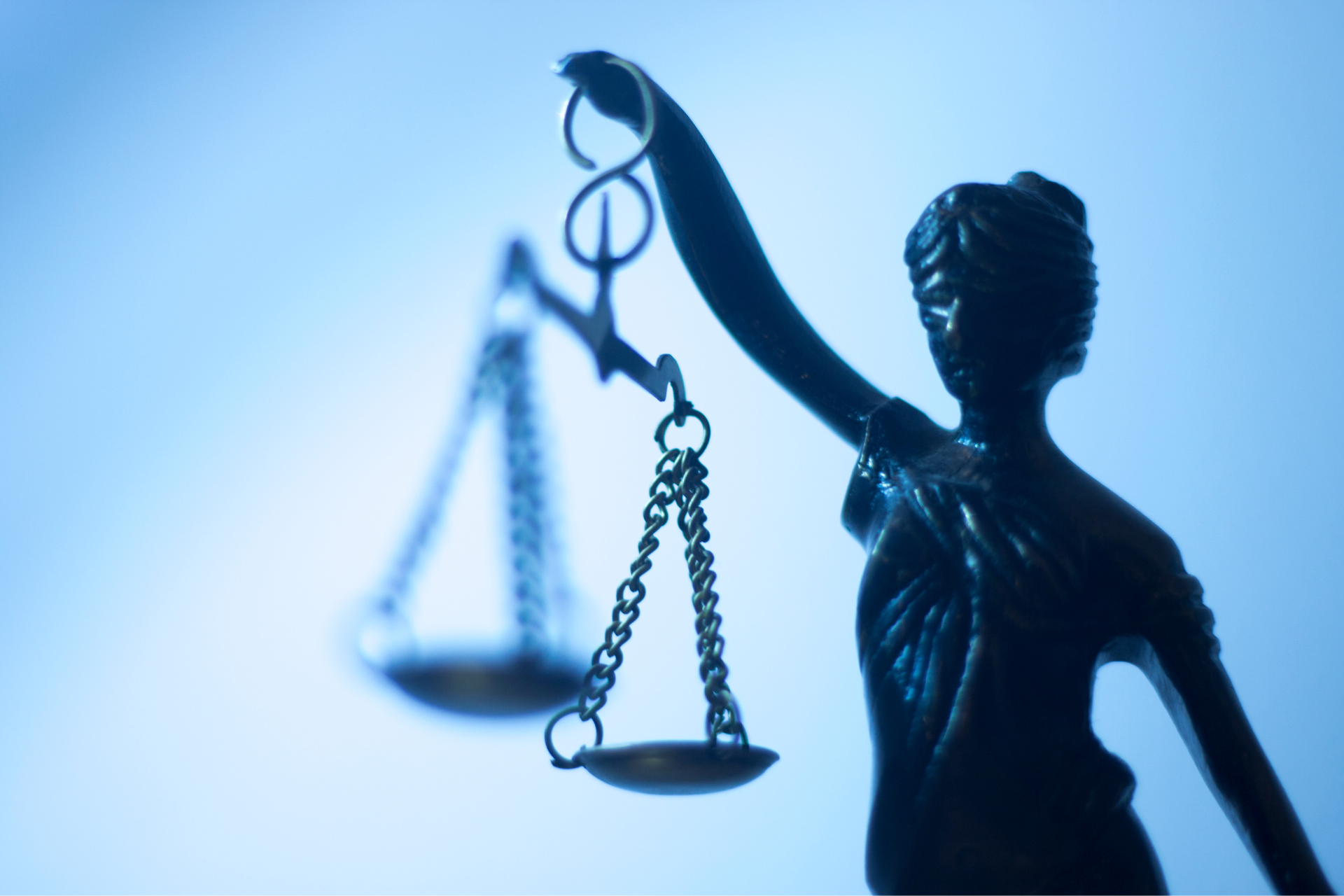Some leaders in the Puerto Rican community say that Puerto Rico voters need more information about the various status options for Puerto Rico. Free association, a variant of independence, is one of the possibilities under the U.S. Constitution. Here is how it was described on the 2012 plebiscite ballot:
(III) Sovereign Free Associated State: Puerto Rico should adopt a status outside of the Territory Clause of the Constitution of the United States that recognizes the sovereignty of the People of Puerto Rico. The Sovereign Free Associated State would be based on a free and voluntary political association, the specific terms of which shall be agreed upon between the United States and Puerto Rico as sovereign nations. Such agreement would provide the scope of the jurisdictional powers that the People of Puerto Rico agree to confer to the United States and retain all other jurisdictional powers and authorities. If you agree, mark here:
Under the Sovereign Free Associated Statehood, Puerto Rico would sever all current ties with the United States. As recently explained by former Governor Rafael Hernández Colón: “The sovereign free associated state [ELA Soberano] is the same as independence, except that once independent, Puerto Rico would negotiate the terms of its relationship with the U.S. The fruit of this negotiation would create what would be called the sovereign free associated state. The U.S. doesn’t have to accept this. The U.S. doesn’t have to accept anything. In practical terms, this is like renouncing things we already have, and then ask for them in a future negotiation.”
Puerto Ricans would lose their right to U.S. citizenship and be subject to federal immigration law when seeking to move to any state. Travel between Puerto Rico and the fifty states would require a passport, and long term visits to family and friends would face immigration restrictions. Puerto Ricans would not be eligible for Medicare, Medicaid, nutrition assistance, Pell Grants, highway funding or any other federal social program, and the Puerto Rican government would be responsible for recreating these social programs on a local level without reliance on federal assistance.
Puerto Rico would be responsible for its own military and defense. The United States could decide to provide military protection to Puerto Rico – but Puerto Rico would have no control over where bases would be built and training exercises would occur. There would be no protections in place to prevent another situation as in Vieques. Veterans who fought on behalf of the United States in previous battles would not be guaranteed full inclusion in the federal military healthcare system.
Federal border protection agents and resources would leave Puerto Rico, creating a situation where drug-related violence could soar.
Even though every working Puerto Rican has contributed payroll taxes towards financing Social Security and Medicare, Puerto Rican benefits under these two programs would have to be renegotiated. Benefits can be expected to decrease, and ultimately eliminated.
While some of these policies could be modified in an agreement between the two nations, it is safe to say that the changes to the current United States – Puerto Rico relationship would be profoundly changed.
The United States is currently freely associated with three island groups in the Pacific that it formerly administered as parts of a territory for the United Nations: The Republics of Palau and the Marshall Islands and the Federated States of Micronesia.
The three contiguous freely associated states are islands that the United States initially took from Japan through some of the bloodiest battles of World War II. They span a strategic expanse of the Pacific as large as the continental United States and are viewed as important to the U.S. militarily. They are also relatively sparsely populated. Palau has a population of approximately 25,000. The Marshall Islands has a population of about 54,000. There are some 111,000 residents of Micronesia.
Under the associations, the United States continues to have full strategic authority in the islands, including the ability to deny access to any other nation, and specified base rights. The U.S. has also continued to administer some domestic programs in the islands and contribute limited financial assistance.
The islands are fully self-governing and self-supporting otherwise. Their citizens are not citizens of the United States but can enter the United States without regard to immigration restrictions and can serve in the Armed Forces of the United States on a non-commissioned basis. Under their original compacts with the United States, citizens of the Marshall Islands, Micronesia and Palau did not need passports for entry into the United States. More recent, amended Compacts require citizens of Micronesia and the Marshall Islands to possess a valid passport for entry to the U.S.; this requirement has been recommended for Palau as well.
In initial compacts, financial assistance was provided to the islands for 15 years. Renegotiated compacts with the Marshall Island and Micronesia increase federal funding; a new agreement with Palau recommends substantially decreasing and phasing out federal financial aid altogether.



Puerto Rico is better off as sovereign free association
As I understand it, and you can look it up, the US has been negligent in holding their part of the deal with all three island nations. I used to be a strong supporter of Free Association, but now I am thinking more about it. I am not sure if I am totally against it however and neither am I totally against statehood either and I know that that sounds strange and confusing.
Excuse me, but why is there no link to the report done for Congress on this issue? It’s publicly available and offers a full analysis of the plebiscite results, which actually show that there was no majority for statehood. The only way to get to the 61% pro-statehood ratio is by throwing out almost half a million ballots where voters voted on the first question but left the second question blank in protest.
Also, labeling this option “Sovereign Free Associated State” or “ELA Soberano” is confusing since the Commonwealth of Puerto Rico calls itself Estado Libre Asociado (ELA). It’s basically a confusing term that is NOT in the Constitution of the US and leads people to believe it’s another type of the same status they already have. It should have been labeled “Sovereign Nation with Free Association”. In the plebiscite’s defense, though, each option did have a description in Spanish and English.
Unfortunately the option for a sovereign nation with free association, which is what makes the most sense for Puerto Rico, doesn’t have a major political party like the NPP or PDP to make its case. Also, saying that Puerto Rico would have to cut all ties to the US as part of this process is a blatant scare tactic. Any negotiation for any change of territorial status that still involves the US in any way, including statehood, would enter into a period of negotiation with the US federal government BEFORE the change of status is executed.